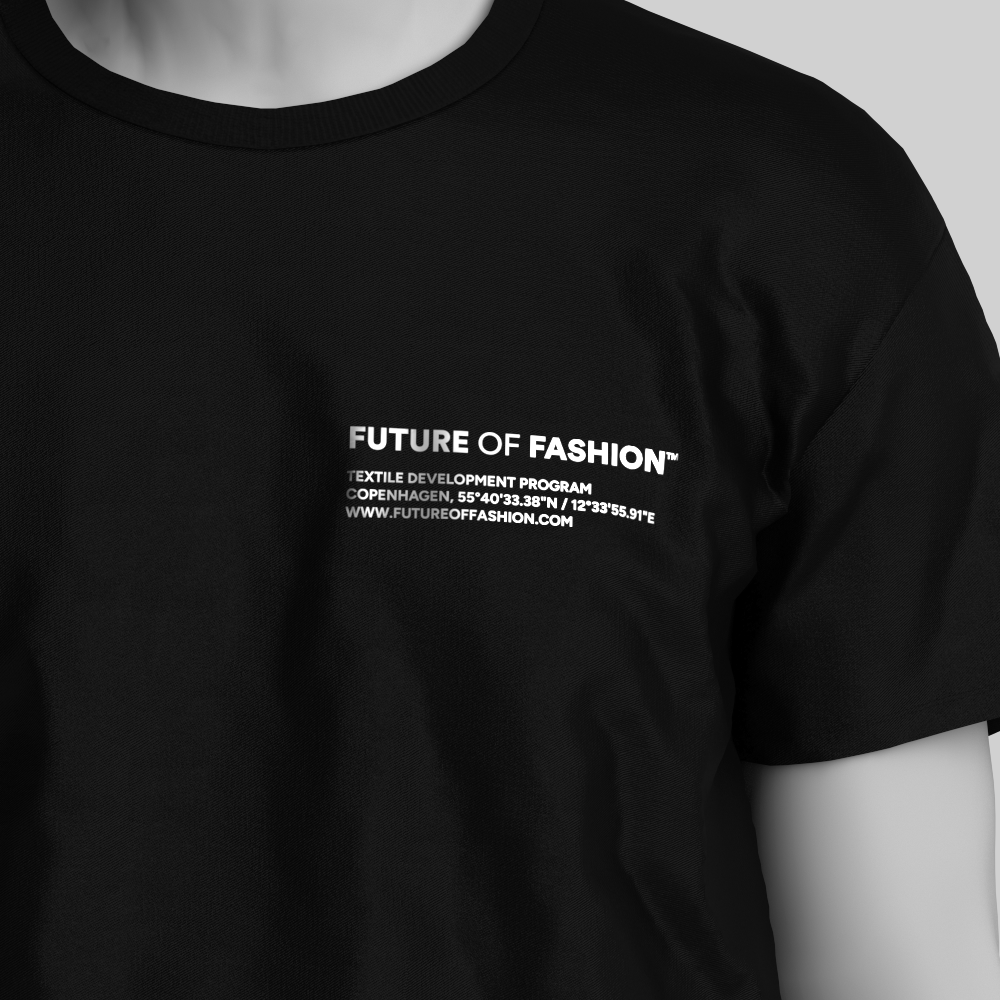
A New Era for AI: How European Regulations Impact the Fashion Industry
In a landmark decision, the European Parliament has greenlit the world's inaugural comprehensive regulations governing artificial intelligence (AI). The AI Act heralds a pivotal moment not only for tech but also for diverse sectors including fashion within the European Union.
Declared by the EU Parliament as a safeguard for fundamental rights, democracy, and environmental sustainability against high-risk AI, the AI Act aims to strike a delicate balance between innovation and regulation. Described by co-rapporteur Dragos Tudorache as a pioneering step towards a governance model centered around technology, this legislation signals a new dawn in AI regulation.
Originally tabled by European lawmakers in 2021, the AI Act gained momentum in light of the exponential growth of sophisticated AI models like OpenAI’s ChatGPT and Google’s Gemini chatbot. Following a provisional decision in December 2023 and subsequent endorsement from internal market and Civil Liberties committees in February 2024, the Act stands poised to reshape the technological landscape in Europe.
Despite reservations voiced by tech industry leaders about potential innovation stifling, the European Commission introduced measures in January to bolster EU startups and SMEs in the development of trustworthy AI. This included the establishment of an AI Office to foster innovation and uptake, mirroring similar initiatives in the US and UK.
Under the AI Act's risk-based approach, businesses are empowered to develop trustworthy AI tools while prioritizing clear communication regarding data usage and consumer consent. Although the legislation directly impacts EU companies, its ramifications are expected to reverberate globally, akin to the transformative impact of the GDPR on data policies.
For the fashion industry, the AI Act delineates risk across four tiers, ranging from unacceptable to minimal. While high-risk AI systems in areas such as employment and management face stringent obligations, the legislation offers guidelines for AI utilization in marketing, design, and retail processes.
In navigating these regulations, fashion brands must prioritize transparency, ensuring clear disclosure of AI-generated content and personalized recommendations to consumers. Moreover, with an emphasis on data transparency and bias eradication, brands are compelled to disclose training data used to develop AI models, fostering inclusivity and diversity.
Collaboration with technology providers is poised to be instrumental in the journey towards responsible AI adoption in the fashion industry. By partnering with developers committed to ethical practices and transparent algorithms, brands can pave the way for industry-wide best practices and foster consumer trust in AI-driven solutions. As AI continues to integrate into various facets of fashion, this collaborative approach will be pivotal in navigating the evolving regulatory landscape while fostering innovation and inclusivity.